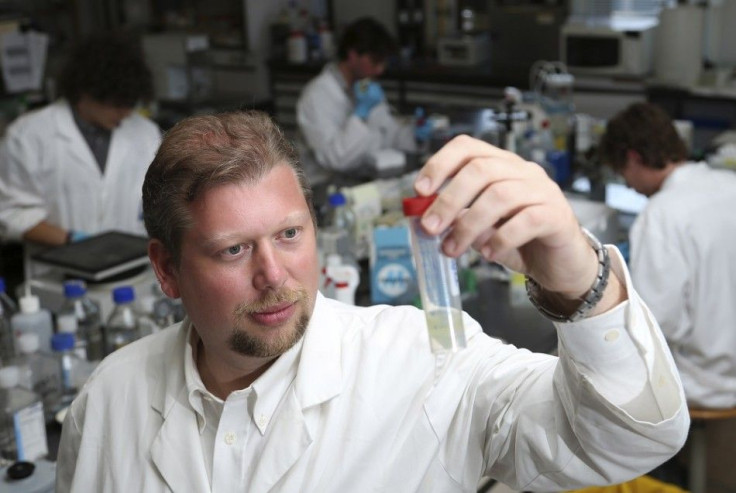Scientists successfully observe 2-phonon quantum interference for the first time

In a major scientific breakthrough, researchers have managed to observe quantum interference using two phonons.
Though such interference has earlier been observed using two photons or atoms, this is the first time an experiment of this kind has been done on two phonons (units of vibrational energy that arise from oscillating particles within crystals).
The successful experiment was conducted by researchers at the Osaka University. They used two cold calcium ions in ion traps that spatially confined the charged particles, reports Phys.org. Through the experiment, the researchers showed phonons and photons (elementary particles of light) share common properties.
Ion traps are useful for physically achieving quantum information processing including quantum computation. Research on ion traps is being carried out all over the world with a leading researcher in the field, Dr. David J. Wineland of the United States, winning the Nobel Prize in Physics in 2012.
The findings of the study are expected to contribute to quantum information processing research including quantum simulation using phonons and quantum interface research.
The research team used a laser to irradiate two calcium ions to completely remove almost any movement energy from the ions. They then caused a single phonon to form at each of the ion sites. The phonons moved a result of the mutual interaction between the two ions, leading to mutual interference.
With the two phonons detected at the same site, the team concluded that the probability of simultaneous detection of the phonons at individual ion sites is close to zero.
In an earlier research, scientists from NIST showed that the state of the motion of a tiny metal membrane, cooled to almost absolute zero, can be “squeezed.” Squeezing is a uniquely quantum, non-classical phenomenon, according to Nanoweek.
Contact the writer at feedback@ibtimes.com.au or tell us what you think below.




















